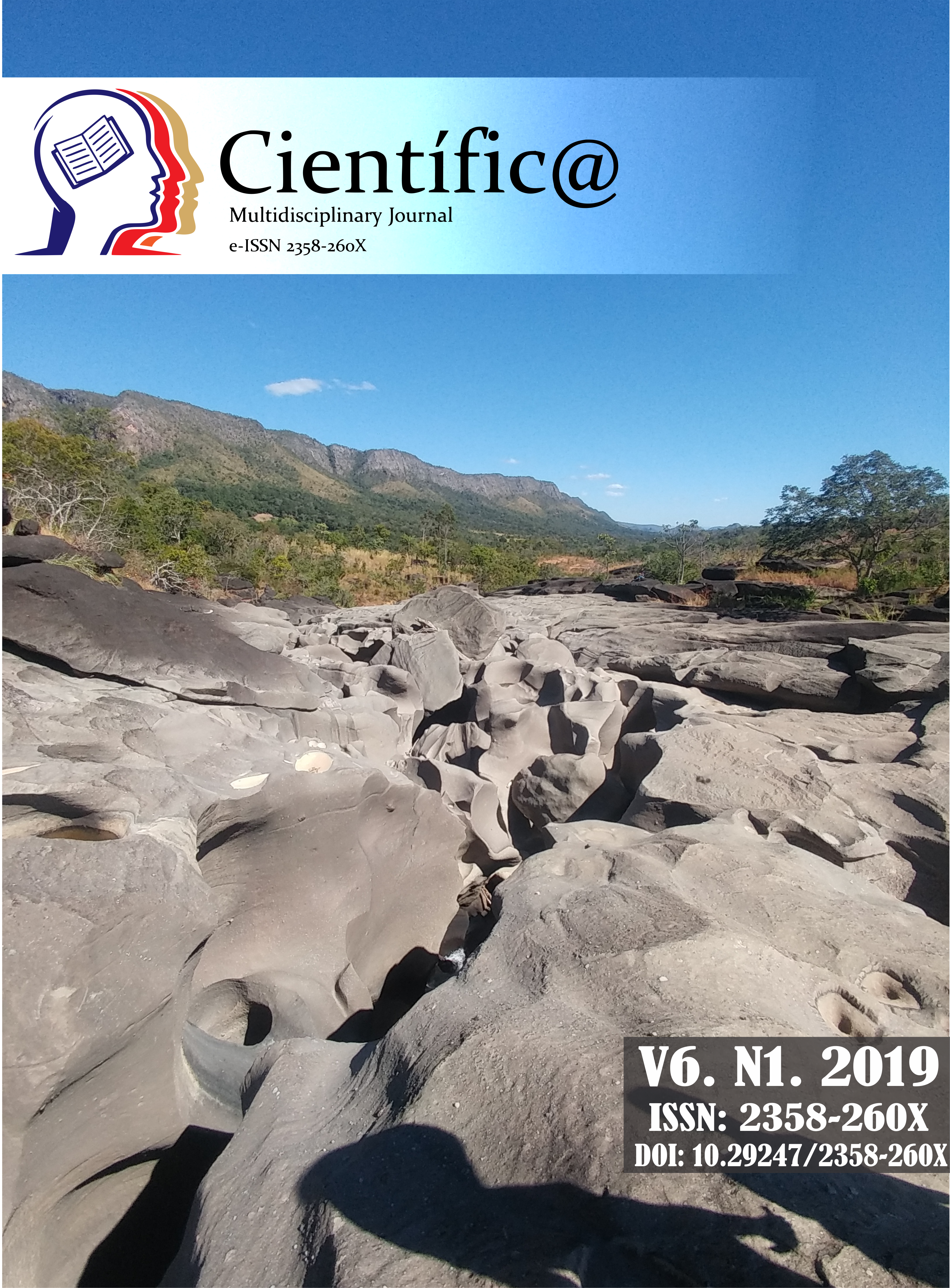PRECISION AGRICULTURE USE IN MANAGEMENT AND CORRECTION IN SOIL HEVEICULTURE
DOI:
https://doi.org/10.29247/2358-260X.2019v6i1.p119-133Abstract
The rubber of Culture with a quality soil remediation management best expresses its characteristics responding in productivity. The cultivation of Hevea brasiliensis gender different from other cultures does not cover the fruit, but rather the latex, which is extracted from the plant stem. As the procedures are delicate, it requires technical knowledge of the process, so you need tools that help in precision and accuracy, and this process needs to be deployed in establishing the culture at the base, ie, soil correction, which conditions this environment for the best plant expressions in the production environment. This need to enter the technological tools of precision agriculture applications applied the culture of rubber trees, a tool that has a lot to contribute in the forest production sector. The application of technology has been fully carried out taking into account the reality of the rubber cultivation sector with a tool that assists in the management of processes for tasks that represent trays which in turn are sampled and interpolated for purposes of recommendations and preparation of thematic correction maps soil, and knowledge of the variability of soil characteristics.
Downloads
Published
How to Cite
Issue
Section
License
Esta revista oferece acesso livre imediato ao seu conteúdo, seguindo o princípio de que disponibilizar gratuitamente o conhecimento científico ao público proporciona maior democratização mundial do conhecimento.
A partir da publicação realizada na revista os autores possuem copyright e direitos de publicação de seus artigos sem restrições.
A Revista Científic@ - Multidisciplinary Journal segue os preceitos legais da licença Creative Commons - Atribuição-NãoComercial 4.0 Internacional. 

